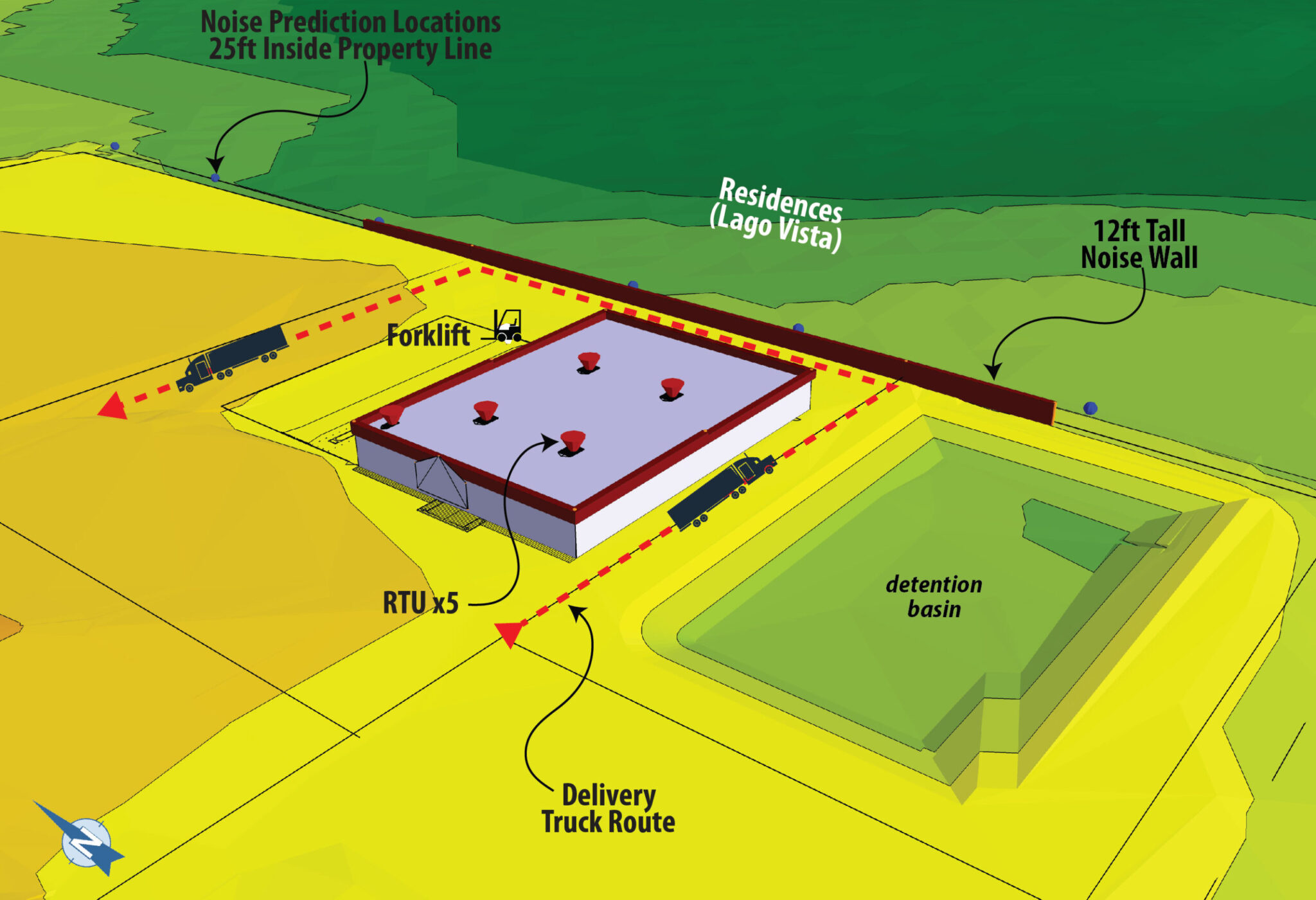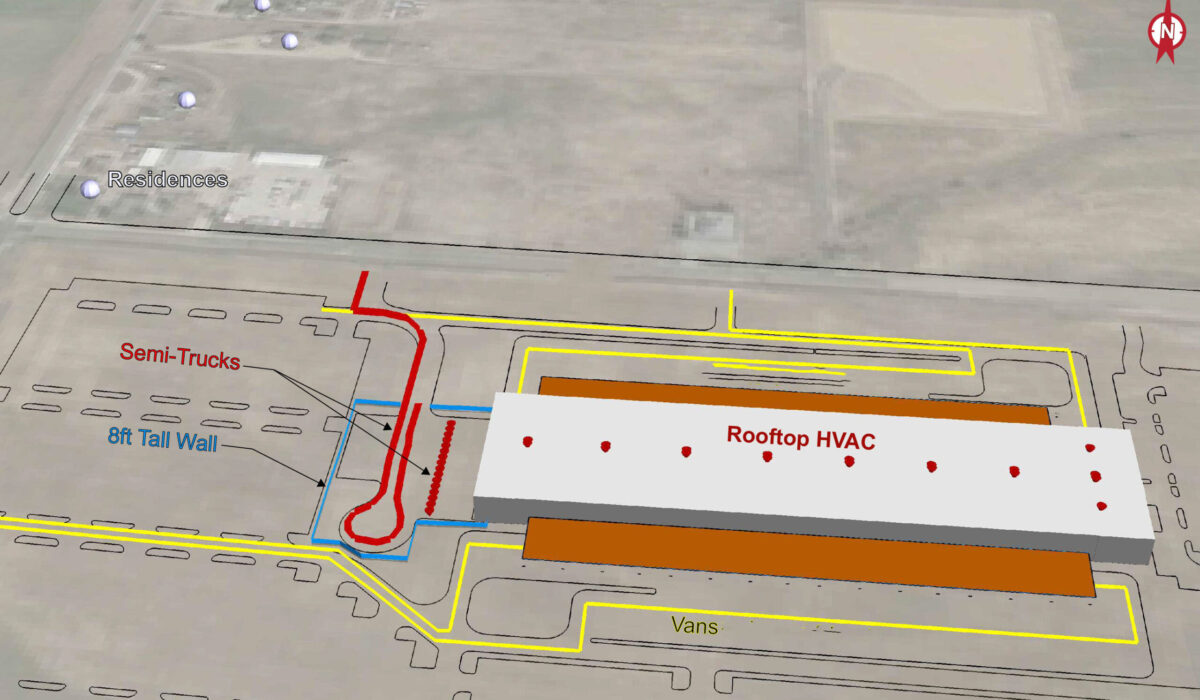Understanding and Mitigating Land Development Noise
General Information on Land Development Noise
Land development noise extends beyond the temporary sounds of construction. A significant issue arises from the common practice of allowing adjacent incompatible land use zones. Cities and counties frequently place residential areas adjacent to commercial or industrial zones, which have inherently different noise expectations. This creates immediate conflict, and even when the timeline of approvals is clear, the lack of adequate buffer zones often necessitates the inclusion of costly noise mitigation measures for the property generating the noise.

Land Development Noise
Pre-Development Noise Impacts
Furthermore, the pre-development phase itself can introduce significant noise impacts. Activities such as land clearing, grading, and blasting can generate substantial noise and vibration, affecting nearby residents for extended periods.
Cumulative and Design-Related Noise
The cumulative effect of increased traffic during and after development also contributes to long-term noise pollution. Additionally, the design of the development, including the placement of parking lots, loading docks, and cooling systems, plays a crucial role in mitigating noise.
Mitigation and Planning Strategies
Incorporating noise-reducing building materials and strategically orienting structures can significantly minimize offsite noise propagation. Proactive noise studies and community engagement during the planning phase are essential for identifying and addressing potential noise conflicts before construction begins.

Frequently Asked Questions
What does a developer need to do regarding noise for a proposed development?
A lot of this will depend on what type of development you are proposing. If residential, then usually you will be concerned about noise onto your site, but if commercial or industrial it is just the opposite. For any development, a good start is to contact a reputable noise consultant. Most noise consultants can give you some useful information over the phone.
In general, it is critical to understand the appliable noise regulations, which may be city, county, state, or federal. A part of this is to determine if the noise regulations are subjective (i.e.: nuisance based on opinion) or objective (i.e.: defined noise level limits for your site). Along with this, you will want to have a clear understanding of the existing or proposed land use (zoning or re-zoning) of your property and as well as the surrounding properties. Once this is done, it is recommended to have a good discussion with your city or county planning staff to see if they agree.
For residential projects where noise onto the site is important, traffic noise may be a consideration. If the site is adjacent to a state or federal highway, the project will likely need to consider how traffic noise along that highway may impact the site and if there is a need for the project to include traffic noise mitigation. This is a Federal Highway Administration (FHWA) requirement passed down to each state Department of Transportation (DOT).
What is the difference between LDN and Leq?
The short answer is that LDN is the Day-Night noise level over the period of 24 hours with a +10 dBA penalty during the nighttime hours. This is used for some local regulations as well as the US Department of Housing and Urban Development (HUD) to determine if a residential development would be suitable. The Leq is the equivalent noise level which requires that a duration of time be associated with it such a 1 second, 10 seconds, 1 hour, etc. Some will say it is a average noise level but technically it is the energy average over that period of time.
Full Member of the Acoustical Society of America
Full Member of the Institute of Noise Control Engineering


